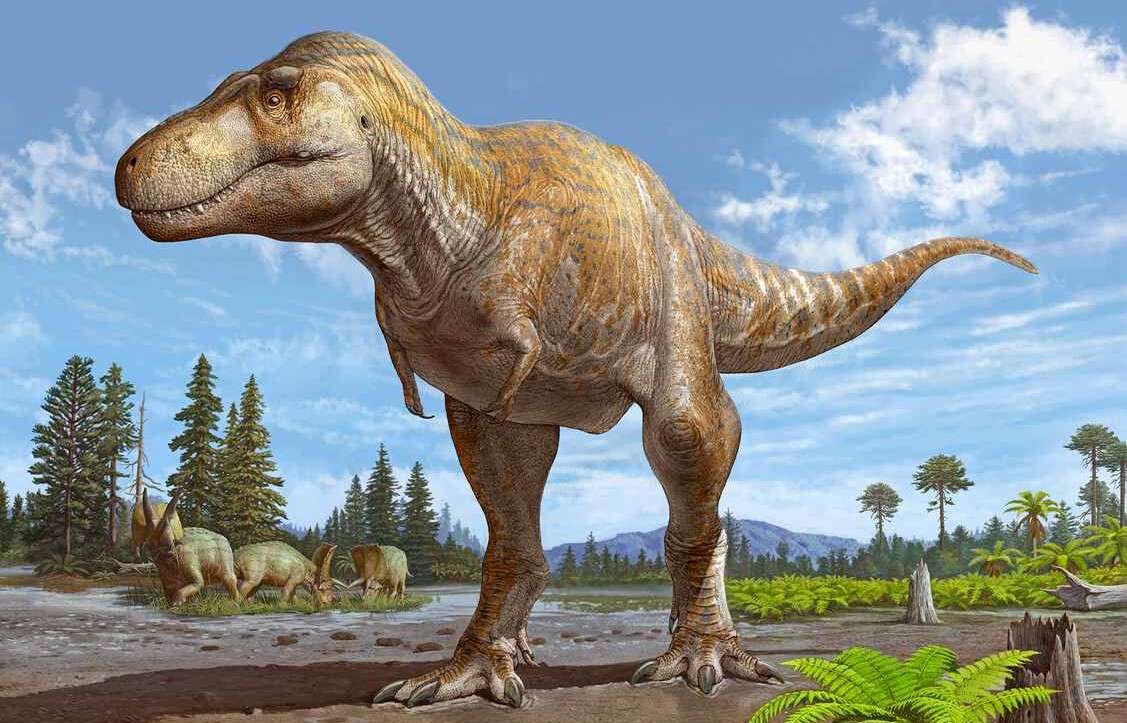Test That Can Spot 18 Early-Stage Cancer Signals Shows 84% Sensitivity in First Human Trial
Such a test could facilitate wider testing regimens around the world, where cancer is now responsible for one out of every six deaths.

A newly discovered giant dinosaur species may be the closest relative of Tyrannosaurus rex, and could even represent the moment that the genus experimented with a huge body.
The new species was recently described in the journal Scientific Reports by paleontologist Sebastian Dalman and his colleagues. It was a mighty carnivore that lived in North America around five million years before T. rex.
Named Tyrannosaurus mcraeensis, proof of its distinction came from examinations of parts of the animal's fossilized skull, which was previously discovered at the Hall Lake Formation in New Mexico.
Although the remains were initially assigned to T. rex and are comparable in size to its 30-foot-long body, the research team say that they belong to a new species due to the presence of multiple "subtle" differences in the shape of, and joins between, the skull bones of the specimen and T. rex.
Based on the locations of the remains in relation to rocks and other dinosaur fossils, the researchers suggest that T. mcraeensis may have lived between 71 and 73 million years ago—between five and seven million years before T. rex.
"Analysis of the relationships between T. mcraeensis and other theropod dinosaur species indicates that it may have been… the closest known relative of T. rex," said Dalman, a doctoral student at the New Mexico Museum of Natural History.
It's also possible that it was the first of the Tyrannosaurids to experiment with a giant body, owing to the giant-bodied herbivores it shared the land with. The land in this case was called Laramidia, an island continent that existed between 100 and 66 million years ago and stretched from modern-day Alaska to Mexico.
"Tyrannosaurini may have evolved a giant body size by approximately 72 million years ago, alongside other giant dinosaurs from southern Laramidia such as ceratopsians, hadrosaurs, and titanosaurs," said Mr. Dalman.
The discovery might have also cleared up for good the question of where the most famous of all dinos originated from. Competing hypotheses include suggestions that T. rex evolved in Asia, but now it seems settled to say the tyrant lizard king evolved in Western North America.
SHARE These Important Facts In The Story Of The World's Most Famous Dino…
Be the first to comment